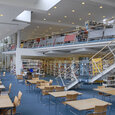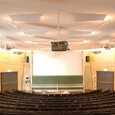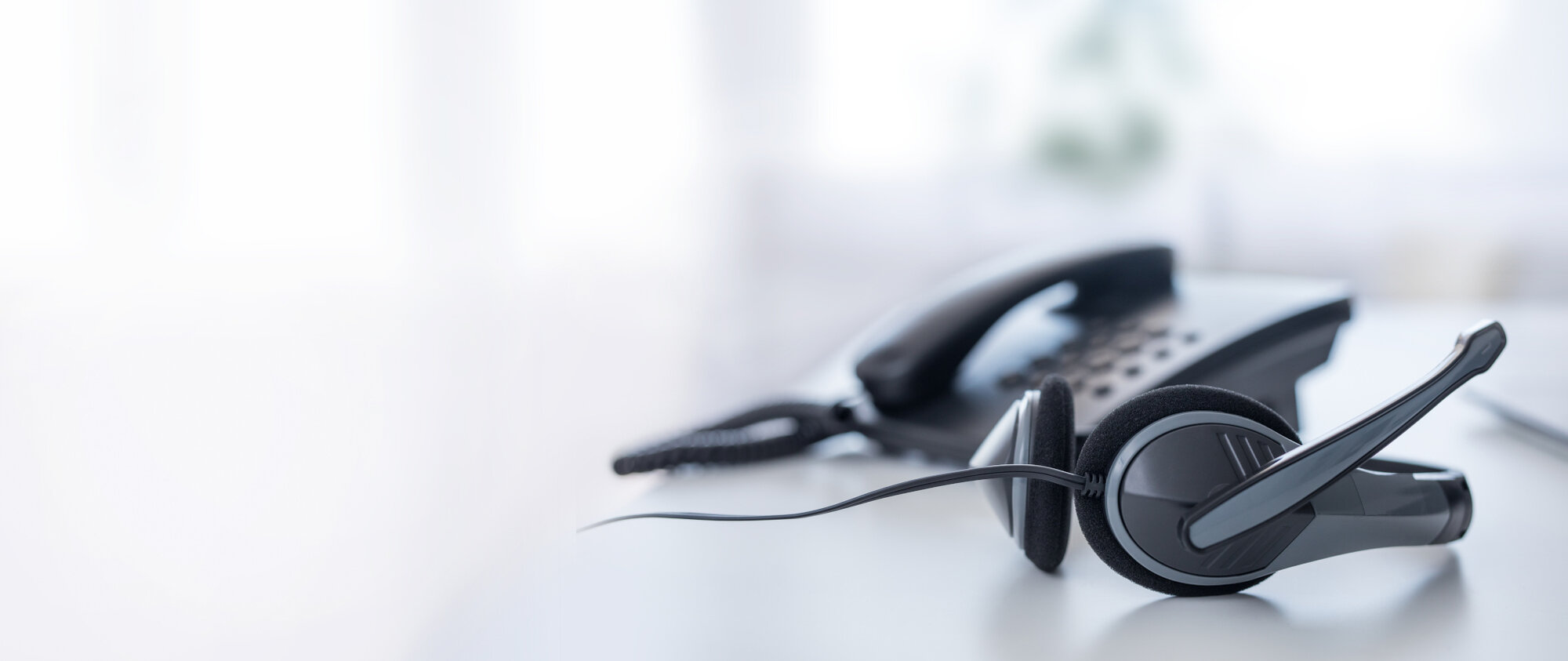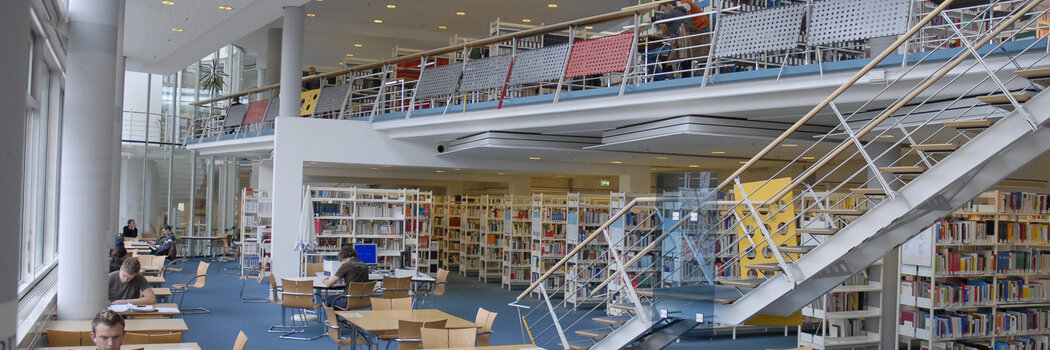
Continued education: Munich University relies on Fiber To The Office
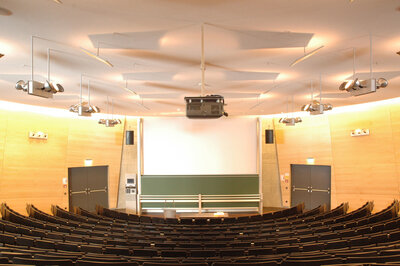
Fiber optics through to the offices
With over 17,000 students and 1,250 scientific teaching staff, as well as 650 employees, Munich University is Bavaria's biggest university of applied sciences and Germany's second biggest. The university offers over 70 bachelor and master degree courses at three sites within the urban area of Munich. A smoothly running network infrastructure provides the basis for joint scientific work. "We have used dark fiber for connecting buildings for more than twenty five years now. Roughly ten years ago we started to also use fiber optics for cabling within the buildings and since then we have worked together with MICROSENS", Robert Singer explains. The starting point back then was a representative laboratory building, which was realised in three construction phases. During construction it became apparent that the cable trays were not sufficient and an alternative to copper cabling was sought. However, the option of continuing to connect terminal devices in the labs and lecture theatres with standard patch cables had to be maintained. Micro Switches from MICROSENS offered a practical alternative here. Their value for money and high quality convinced the IT Team in tests. The university firstly decided to renovate the library with the help of MICROSENS Micro Switches. Once the components had also proven themselves in day-to-day operation, the manufacturer won the contract for the new laboratory building too. Since then, Munich University has installed a total of over 1000 Micro Switches for professional use.
Benefits and costs
The university still also uses classical copper network cabling. When and which technology is used depends on the structural conditions on site. The Project Team's criteria include:
- Fire protection requirements
- Conservation of the (historical) building structure
- Maximum distances within the building
- Usage plans - Are there sufficient sub-distribution rooms available?
As soon as one of the criteria requires fiber optic cabling, the entire building is realised with a FO infrastructure. The fiber optic is routed radially from the central building distribution unit directly into the offices. This is where the MICROSENS Micro Switches take over implementation so no air-conditioning is required. Thanks to the standardised 45 x 45 design, devices can be installed directly in the wall duct. On the output side, four standardised RJ-45 connections per Micro Switch are available to the users, which can be used at scientific workplaces for IP telephony, for connecting a printer, a computer and a mobile device, such as a laptop. The switches also incorporate a fiber optic uplink port. The central management of the switches enables an integrated network management agent that supports SNMP.
Direct contact, smooth realisation
The university had previously selected a variety of approaches in the installation of switches. At the beginning, MICROSENS supplied the components and Robert Singer configured and installed them, also with his colleagues. In the latest projects, MICROSENS supplies products pre-configured according to the university's requirements. Robert Singer appreciates the collaboration with the German manufacturer, especially the dependability and proximity: "We have put our trust in the MICROSENS team for over 10 years now, commitments are adhered to and ideas are gratefully received. Not to be disregarded is the broad range of mounting accessories - from the library to the lecture theatre through to the lab, MICROSENS always offers the most suitable installation solution.
All photos are copyrighted and owned by Munich University (Hochschule München)
A propos de MICROSENS
La transmission d'informations par des connexions à fibres optiques présente de nombreux avantages. MICROSENS GmbH & Co. KG l'a reconnu très tôt. L'entreprise, qui fait partie des pionniers, développe et produit des systèmes de communication et de transmission à haute performance en Allemagne depuis 1993. Adaptés individuellement aux exigences des différents domaines d'utilisation et intégrés dans des concepts globaux pour les différentes industries. Mais surtout, proche du client. Les défis techniques des projets des clients se répercutent directement sur le développement des produits. Il en résulte des solutions d'automatisation basées sur IP pour les bâtiments modernes, des concepts de réseau rentables pour les bureaux et les postes de travail, des solutions robustes et à sécurité intégrée pour les environnements industriels, des systèmes de transport optique pour les réseaux étendus d'avenir et la liaison efficace des sites et des centres de données.







